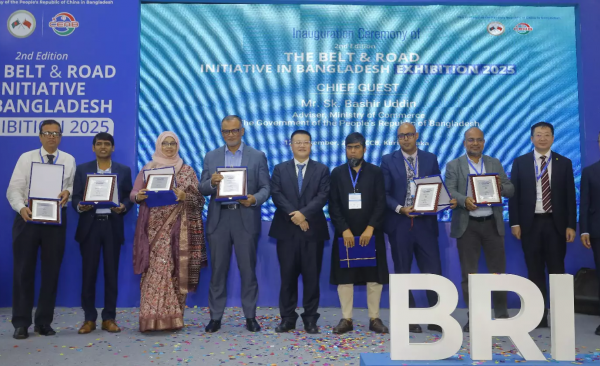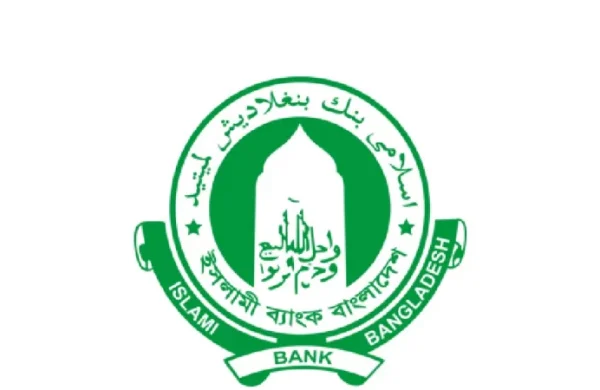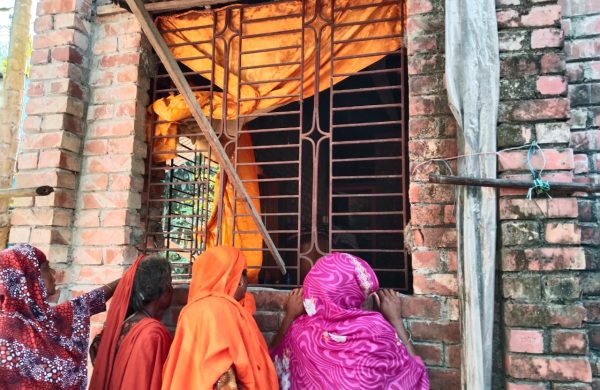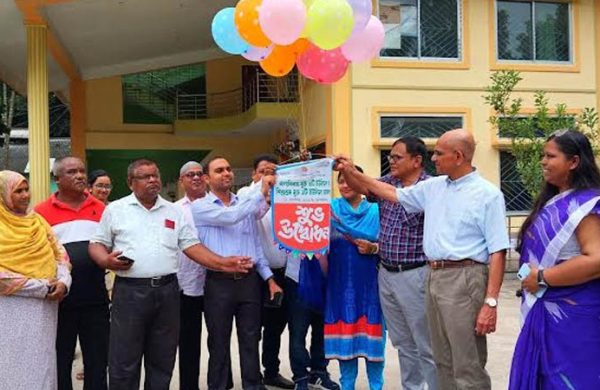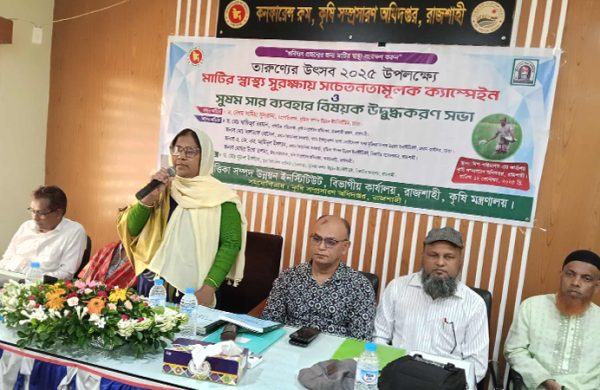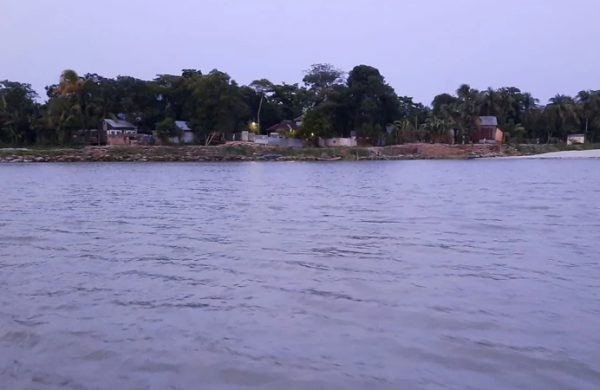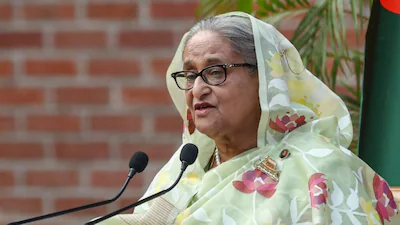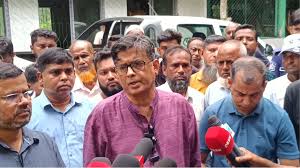Leather exports can surge to $5b with RMG-style policy boost: Stakeholders
- Update Time : Sunday, May 25, 2025
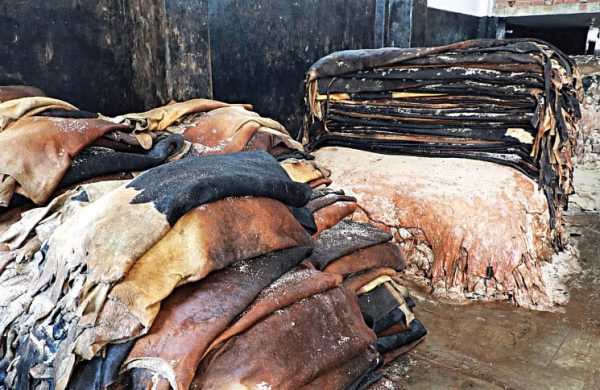
Staff Correspondent:
Bangladesh’s leather sector, a sleeping giant in the nation’s export economy, could soar to $5 billion in annual exports by 2030 and potentially double to $10 billion by 2035, if given policy support akin to the ready-made garment (RMG) industry.
But the path to this ambitious goal is fraught with challenges: outdated infrastructure, environmental concerns, and a lack of international certifications like the Leather Working Group (LWG) certificate.
Industry leaders, speaking at a high-profile meeting hosted by the Dhaka Chamber of Commerce and Industry (DCCI), underscored the sector’s untapped potential while highlighting critical barriers like lack of compliance, international certifications, and infrastructure gaps.
The event, titled Leather Industry Strategy Determination: Sustainable Exports After LDC, brought together policymakers, industry captains, and stakeholders to chart a path for the sector’s growth. Chaired by DCCI President Taskin Ahmed, the meeting featured Industries Adviser Adilur Rahman Khan as chief guest, alongside key figures like Additional Secretary (WTO Division) Dr Nazneen Kausar Chowdhury, Bangladesh Investment Development Authority (BIDA) Director General Md Ariful Haque, and Bangladesh Tanners Association CEO Md Nurul Islam.
A SECTOR AT A CROSSROADS
Industries Adviser Adilur Rahman Khan painted a hopeful yet pragmatic picture. “The Ministry of Industries is committed to creating a supportive policy environment,” he said, emphasising the need for modernised production, environmental compliance, and new technologies to boost global competitiveness.
His vision includes a “comprehensive ecosystem” for the leather industry, with collaboration across ministries to enhance environmental infrastructure and technical support.
Yet, the sector’s challenges are stark. Syed Nasim Manzur, former MCCI president and also chairman of Landmark Footwear Ltd. and Managing Director of Apex Footwear Limited, highlighted the industry’s “image crisis” abroad, driven by the absence of LWG certification.
“Without it, we’re losing investment and premium pricing,” he said, noting that compliance issues and sick industries desperate to exit are stifling growth.
He called for streamlined exit policies to free up resources and loans for existing entrepreneurs.
THE ENVIRONMENTAL BOTTLENECK
At the heart of the discussion was the Central Effluent Treatment Plant (CETP) in Savar, a critical piece of infrastructure relocated from Hazaribagh.
Md Saiful Islam, BSCIC Chairman, admitted its limitations: “The CETP’s current capacity is 14,000 cubic metres, but during peak seasons like Qurbani, demand surges to 32,000–35,000 cubic metres.” Plans are underway to expand capacity to 20,000–25,000 cubic metres, with six institutions already approved to set up individual Effluent Treatment Plants (ETPs) and 8–10 more in the pipeline.
Environmental compliance is non-negotiable, speakers agreed. Md Nurul Islam, CEO of the Bangladesh Tanners Association, urged government support for water management and low-interest loans from the Green Fund to establish ETPs. “Compliance isn’t just about regulations—it’s about survival in the global market,” he said.
SUPPLY CHAINS AND CERTIFICATIONS: THE MISSING LINKS
The lack of a robust supply chain was a recurring theme. Ibnul Wara, Managing Director of Austan Limited, pointed out that heavy reliance on imported raw materials increases lead times, driving away foreign buyers.
“We can’t compete globally without backward linkages or LWG certification,” he said.
Md Nasir Khan, Managing Director of Jennys Shoes Limited, echoed this, adding that customs complications further hinder exports. “With value addition and policy support, we could hit $5 billion in exports quickly,” he asserted.
Ziaur Rahman, Managing Director of Bay Group, called on larger companies to lead by example in setting up ETPs, while urging government assistance for smaller enterprises.
He stressed that policy reforms, including bonded warehouse facilities like those in the RMG sector, could be a game-changer.
A CALL FOR UNITY AND INNOVATION
Dr Nazneen Kausar Chowdhury, Additional Secretary of the Ministry of Commerce, framed the post-LDC era as both a challenge and an opportunity. “If we address compliance in environmental and labour standards, the possibilities are immense,” she said, advocating for public-private collaboration to bolster CETP capacity.
Md Ariful Haque, Director General of BIDA, highlighted the leather sector’s inclusion in BIDA’s investment “heatmap,” signalling efforts to attract foreign direct investment (FDI). “Our economy could double in 15 years, but we need coordination to make it happen,” he said, emphasizing direct engagement with global investors.
FBCCI Administrator Md Hafizur Rahman underscored the need for innovation and market diversification. “CETP reduces costs and simplifies monitoring,” he said. “With environmental protection, LWG certification and FDI will follow naturally.”
A VISION FOR 2030 AND BEYOND
The DCCI event was more than a discussion – it was a rallying cry. From Taskin Ahmed’s opening remarks to the impassioned pleas of industry leaders, the message was clear: Bangladesh’s leather industry stands on the cusp of transformation. With RMG-like policy support, environmental upgrades, and global certifications, the sector could become a $5 billion powerhouse by 2030, potentially doubling by 2035. But it will require bold reforms, unified action, and a commitment to sustainability.
As the meeting concluded, the air was thick with resolve. The leather industry, long overshadowed by garments, is ready to step into the global spotlight—if only the government and private sector can seize this moment.


